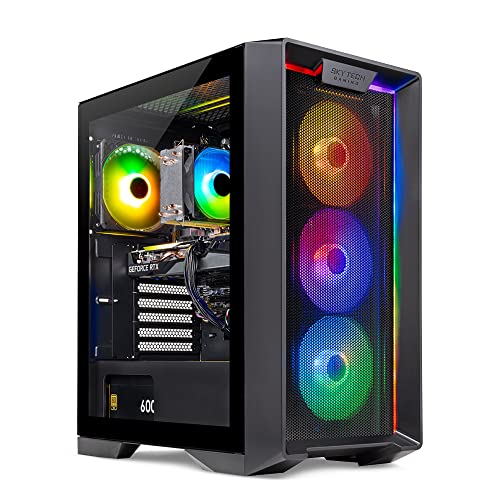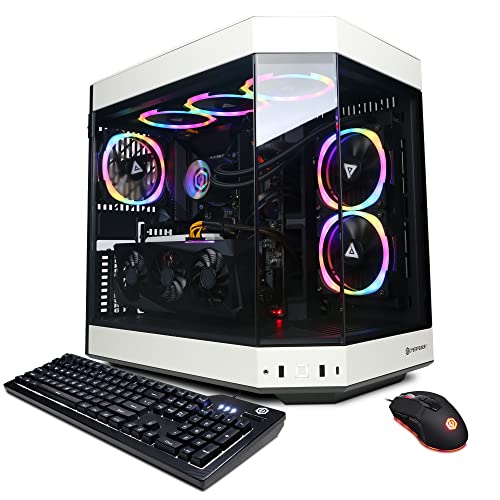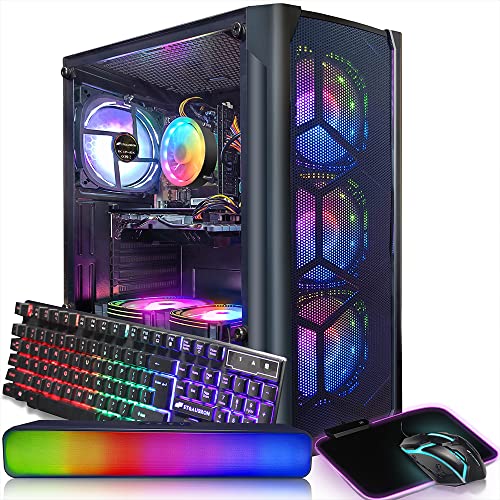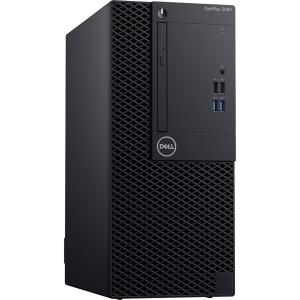Neural-Enhanced VR Controllers: Merging Biometric Feedback with Immersive Interaction
**Introduction**
Imagine a VR controller that senses not only your movements but also your biometric responses to create a far more immersive experience. Neural‑enhanced VR controllers are pushing this vision into reality by integrating biometric sensors—such as muscle activity and finger pressure—with traditional motion detection. This article explores how these advanced controllers deliver nuanced haptic feedback and adaptive inputs, revolutionizing the way users interact with virtual environments for gaming, training, and creative applications.
**Technological Innovations**
- **Biometric Sensor Fusion:**
Advanced controllers now combine inertial measurement units (IMUs) with biometric sensors to capture detailed physical feedback in real time, enhancing the control scheme.
- **Neural Signal Processing:**
Embedded neural processors use machine learning to interpret biometric data, adjusting haptic feedback and responsiveness based on the user’s physical state and intensity of actions.
- **Haptic Feedback Advancements:**
Precision actuators deliver variable force feedback that mimics textures, resistance, or impacts, making virtual interactions feel realistic.
- **Adaptive Software Integration:**
Controllers communicate with integrated VR systems to dynamically alter game physics based on biometric input, creating a truly immersive and responsive environment.
**Applications and Benefits**
- **Immersive Gaming:**
Gamers benefit from controllers that adapt haptic responses in real time, providing a deeper connection to virtual environments.
- **Training and Simulation:**
Professionals in fields such as surgery, engineering, and sports can experience more lifelike simulations, enhancing skill development.
- **Improved Interactivity:**
Neural‑enhanced controllers offer a more natural and intuitive method of interacting with VR environments, reducing the learning curve.
- **Enhanced Accessibility:**
Customizable biometric feedback makes VR more accessible for users with diverse physical capabilities, ensuring a tailored experience.
**Future Directions**
Future VR controllers may incorporate additional modalities such as eye tracking and voice recognition, further enriching the immersive experience. Integration with real‑time AI analytics will refine haptic responses and provide adaptive user interfaces that evolve with individual usage patterns.
**Keywords:** VR controllers, neural-enhanced, biometric feedback, haptic feedback, immersive VR, adaptive controls, neural processing, integrated VR, biometric sensors
Neural-Enhanced VR Controllers
Merging Biometric Feedback with Immersive Interaction
Related Articles
Essential High-Performance PC Components You Need Now
Upgrade your setup with the must-have parts for unbeatable gaming and productivity
Top Picks for Best High-Performance PCs
Find the perfect power machine for gaming, work, or creative projects
Your Guide to the Best High-Performance PCs
Find the Right PC for Your Gaming and Creative Needs
View our related products
See more






